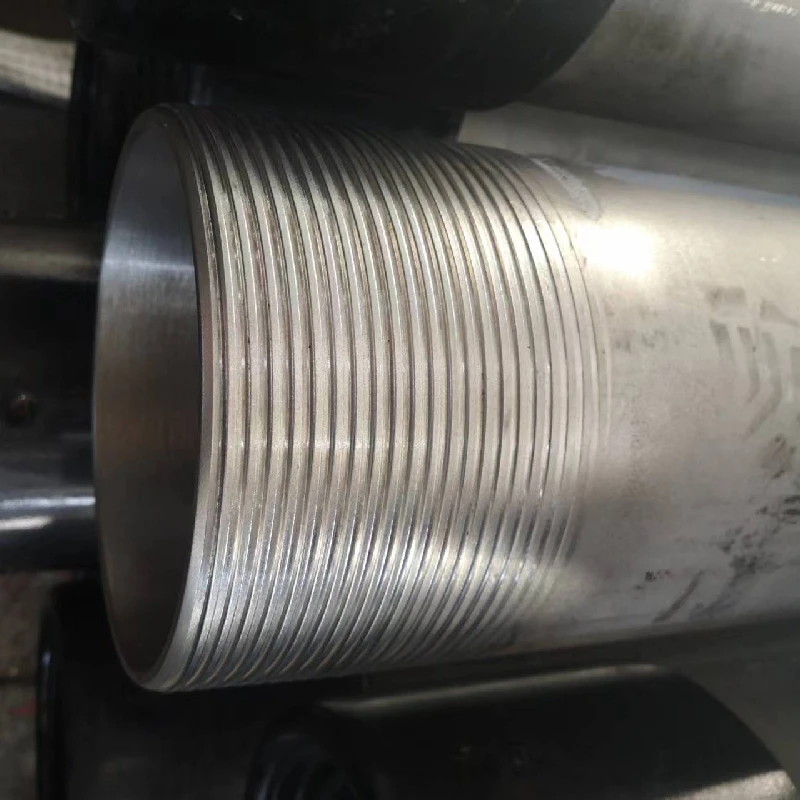- Afrikaans
- Albanian
- Amharic
- Arabic
- Armenian
- Azerbaijani
- Basque
- Belarusian
- Bengali
- Bosnian
- Bulgarian
- Catalan
- Cebuano
- Corsican
- Croatian
- Czech
- Danish
- Dutch
- English
- Esperanto
- Estonian
- Finnish
- French
- Frisian
- Galician
- Georgian
- German
- Greek
- Gujarati
- Haitian Creole
- hausa
- hawaiian
- Hebrew
- Hindi
- Miao
- Hungarian
- Icelandic
- igbo
- Indonesian
- irish
- Italian
- Japanese
- Javanese
- Kannada
- kazakh
- Khmer
- Rwandese
- Korean
- Kurdish
- Kyrgyz
- Lao
- Latin
- Latvian
- Lithuanian
- Luxembourgish
- Macedonian
- Malgashi
- Malay
- Malayalam
- Maltese
- Maori
- Marathi
- Mongolian
- Myanmar
- Nepali
- Norwegian
- Norwegian
- Occitan
- Pashto
- Persian
- Polish
- Portuguese
- Punjabi
- Romanian
- Russian
- Samoan
- Scottish Gaelic
- Serbian
- Sesotho
- Shona
- Sindhi
- Sinhala
- Slovak
- Slovenian
- Somali
- Spanish
- Sundanese
- Swahili
- Swedish
- Tagalog
- Tajik
- Tamil
- Tatar
- Telugu
- Thai
- Turkish
- Turkmen
- Ukrainian
- Urdu
- Uighur
- Uzbek
- Vietnamese
- Welsh
- Bantu
- Yiddish
- Yoruba
- Zulu
tubing and casing
Tubing and Casing Essential Components of Oil and Gas Wells
In the exploration and production of oil and gas, tubing and casing are two critical components that play pivotal roles in ensuring the safety, efficiency, and longevity of well operations
. Each serves distinct functions and is designed to work together to facilitate the extraction of hydrocarbons from beneath the Earth’s surface.Casing is a series of steel pipes that are installed in the wellbore, which are intended to stabilize the well and prevent the surrounding geological formations from collapsing. The casing also serves multiple other purposes, including protecting groundwater resources from contamination and providing a conduit for the flow of oil and gas to the surface. Once the well is drilled, the casing is cemented in place, which ensures a secure seal to prevent leaks and maintain well integrity. Various sizes and grades of casing are used depending on the well conditions, and they are typically categorized into surface casing, intermediate casing, and production casing, each serving a specific depth and purpose.
The primary concern during the installation of casing is to ensure that it can withstand the pressure and environmental conditions encountered at different depths. The materials used for casing must possess high tensile strength and resistance to corrosion to guarantee longevity, given the harsh conditions typically found in subsurface environments. Innovations in casing technology have led to the development of advanced materials and coating methods, enhancing the durability and effectiveness of casing installations.
tubing and casing

While casing provides structural integrity and isolation, tubing is a smaller diameter pipe installed inside the casing after the drilling and completion of the well. Tubing serves as the conduit through which the produced hydrocarbons are transported to the surface. It is designed to withstand the high pressures and temperatures associated with hydrocarbon production, ensuring that the fluids can flow efficiently without leaks or failures. The selection of tubing depends on the specific production environment, including factors such as the type of hydrocarbons being produced, the pressure and temperature of the reservoir, and the potential for corrosive fluids.
One of the key advantages of using tubing in oil and gas wells is its flexibility. Tubing can be removed and replaced relatively easily, allowing operators to perform maintenance, inspections, or changes to the production process without needing to abandon the entire well. This ease of modification is crucial for optimizing production techniques over the life of the well.
Moreover, advancements in technology have revolutionized both tubing and casing practices. Enhanced manufacturing processes and materials, such as the use of high-grade alloys and composite materials, have improved the performance and reliability of both components. The ongoing development of downhole monitoring technologies also allows for real-time assessment of both tubing and casing conditions, enabling operators to make informed decisions and mitigate potential risks in a timely manner.
In conclusion, tubing and casing are indispensable elements in the oil and gas industry, crucial for ensuring the safety and efficacy of well operations. Their unique properties and interactive roles not only contribute to the structural integrity of wells but also enhance the overall efficiency of hydrocarbon extraction. As technologies advance, the future of tubing and casing looks promising, with innovations aimed at maximizing production while minimizing environmental impact.
-
Tubing Pup Joints: Essential Components for Oil and Gas OperationsNewsJul.10,2025
-
Pup Joints: Essential Components for Reliable Drilling OperationsNewsJul.10,2025
-
Pipe Couplings: Connecting Your World EfficientlyNewsJul.10,2025
-
Mastering Oilfield Operations with Quality Tubing and CasingNewsJul.10,2025
-
High-Quality Casing Couplings for Every NeedNewsJul.10,2025
-
Boost Your Drilling Efficiency with Premium Crossover Tools & Seating NipplesNewsJul.10,2025







